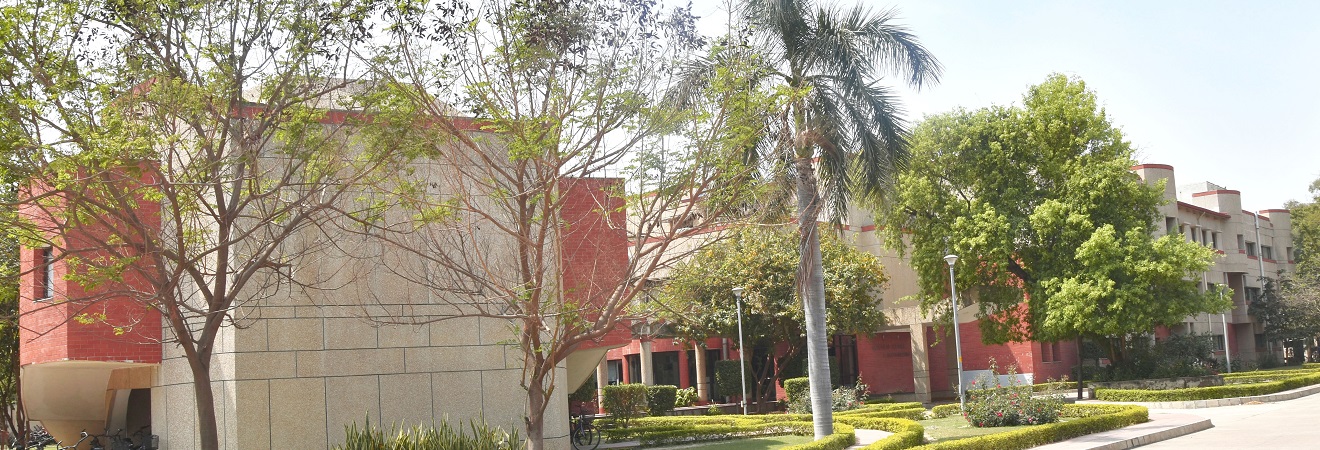 Shanu Jain, Assistant Professor
Shanu Jain, Assistant Professor
This email address is being protected from spambots. You need JavaScript enabled to view it.
Link to Lab Webpage
Dr. Shanu Jain received her Bachelor of Science in Zoology (Honours) in 2006 from Sri Venkateswara College, Delhi University, and Master of Science-Biotechnology in 2008 from Banasthali University. She completed her Ph.D. (2015) in Dr. Raj K. Bhatnagar’s lab at International Centre for Genetic Engineering and Biotechnology (ICGEB), New Delhi. Subsequently, she joined Dr. Kenneth A. Jacobson’s lab at National Institute of Diabetes, Digestive, and Kidney Diseases (NIDDK), National Institutes of Health (NIH), USA for her postdoctoral studies. At NIH, her research focused on deciphering the role of purinergic receptors in the pathogenesis of metabolic disorders, and identification of potent small molecule ligands targeting these receptors for therapeutic purposes. Dr. Jain joined BSBE, IIT Kanpur as Assistant Professor in February 2023.
The liver is a crucial metabolic organ that regulates systemic glucose and lipid fluxes depending upon the nutrient availability. The parenchymal cells (Hepatocytes) and non-parenchymal cells (Hepatic stellate cells, Kupffer cells, Cholangiocytes, Endothelial cells) regulate liver metabolic processes. Dysregulation of hepatic metabolism results in the pathogenesis of non-alcoholic fatty liver (NAFL), non-alcoholic steatohepatitis (NASH), fibrosis, cirrhosis, and hepatocellular carcinoma (HCC).
G protein-coupled receptors (GPCRs) are seven-transmembrane cell surface receptors that are expressed in virtually all cell types. GPCRs regulate various pathophysiological processes and hence have been of interest as pharmacological targets for various disorders. The overarching goal of our lab is to understand GPCRs signalling-mediated regulation of liver metabolism in health and diseased conditions. We will study GPCRs signalling in liver cell specific manner and their crosstalk with other metabolic tissues in the pathogenesis of liver disorders. In addition, we will screen for GPCRs ligands that could be used for the therapy of NAFL, NASH, fibrosis, and HCC. We are also interested in the identification and characterization of GPCR mutations that may increase the susceptibility to liver disorders. To this end, we will use knockout and transgenic mouse models, primary cell culture systems, in-vitro and in-vivo pharmacology, molecular biology, and biochemical assays. These approaches may help to design novel therapies for liver metabolic disorders.

